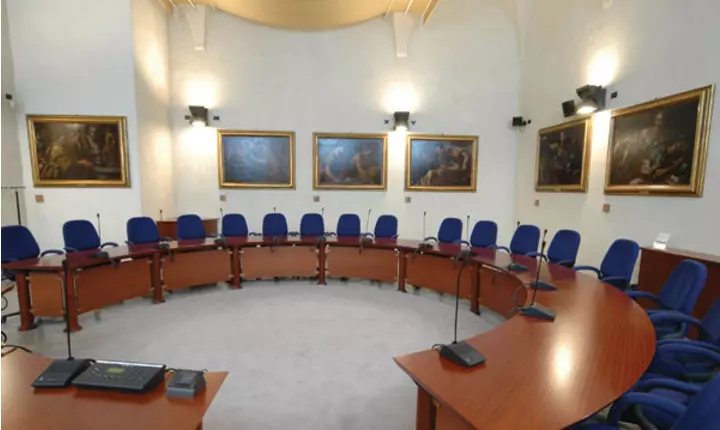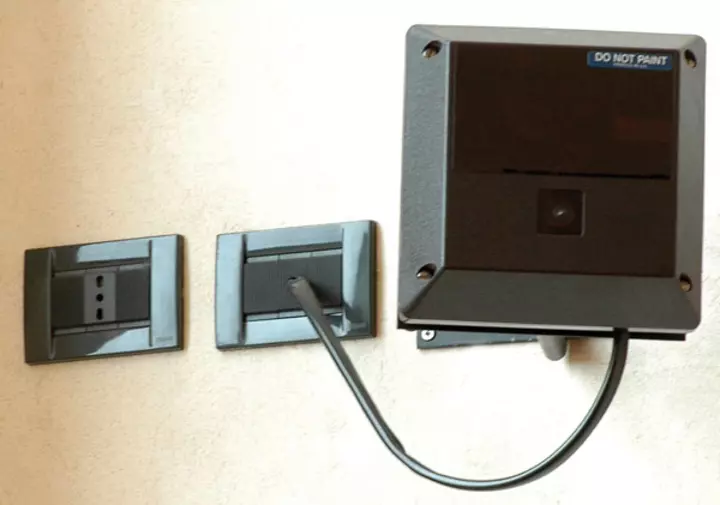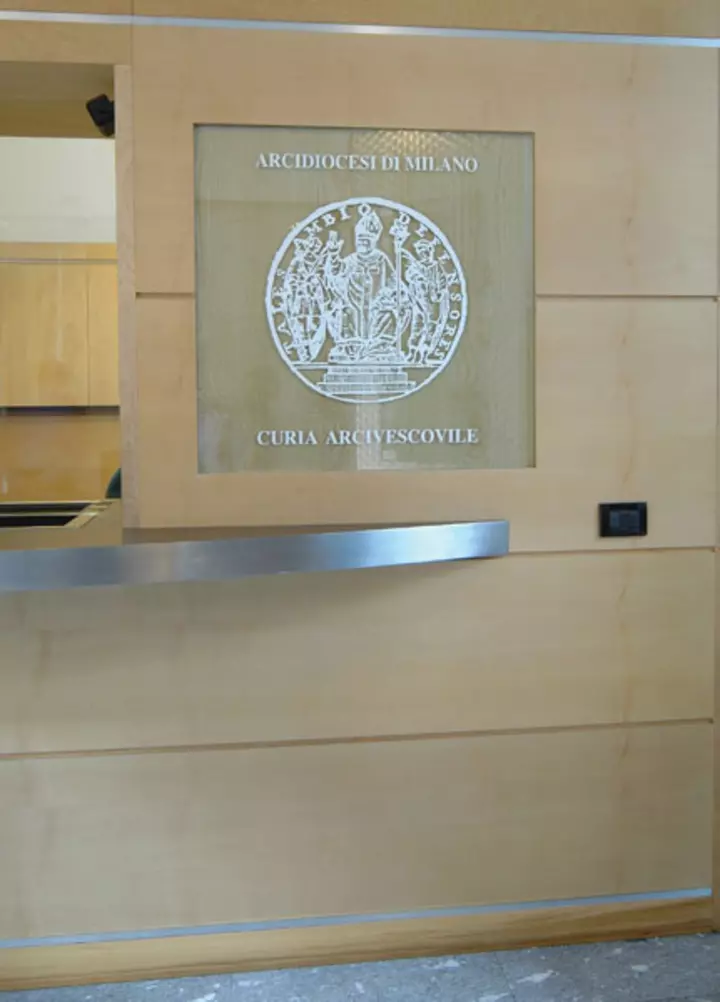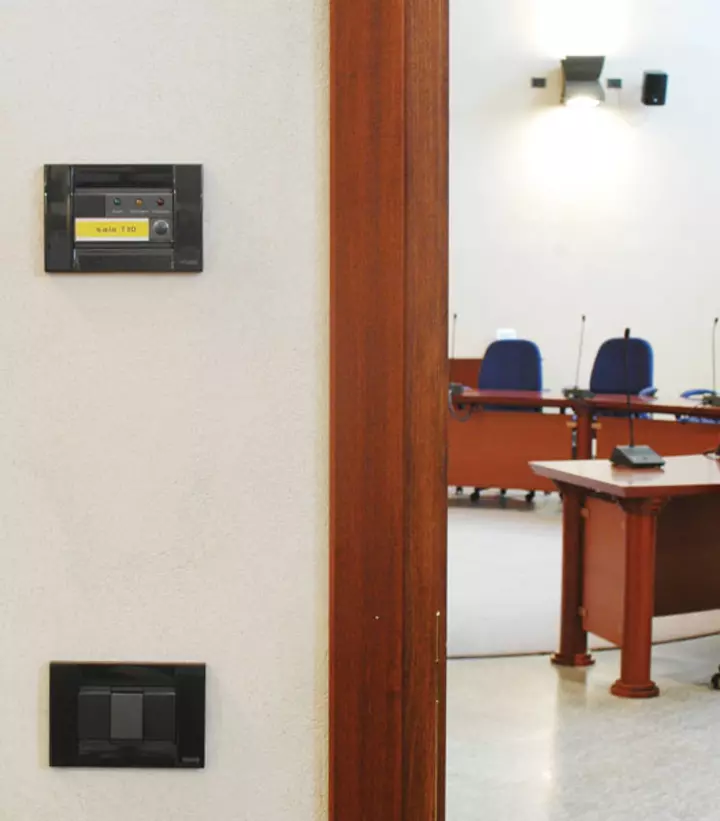Arcidiocesi Milano
Archdiocese
Milan was one of the first bishoprics in the history of the Church, accommodating eminent personalities as far back as the Roman times in the figure of Ambrose. The Archbishop's Curia is the organisational centre of the diocese, and the one in Milan has an illustrious history: it was a Roman building in the first centuries and enlarged during the Middle Ages, only to be destroyed by Barbarossa. The layout which is visible today dates back to 1170, with a large central courtyard and buildings on all four sides. The fact that it is an operational structure by nature has led to continuous transformations and reconstructions: in 1342 by Archbishop Giovanni Visconti, in 1569 on the initiative of Carlo Borromeo, and on several occasions in the neoclassical era.
The most recent renovation was only a few years ago and involved general restoration work and the introduction of state of the art technological systems, including the electrical system.
The Idea series by Vimar contributed to the creation of an electrical system that first and foremost had to take into account the constraints imposed by this historic building. Buttons and controls in charcoal grey plaques framed in the rigorous and elegant design of the Classica range, in die-cast metal, coloured black. The plaques were personalised with the seal of the Diocese for an extraordinary aesthetic touch.
Particular attention was necessarily applied to the system for the arrangement of hearings and meetings, which required a high degree of privacy for the main offices and meeting rooms where the various collective bodies of the diocese met. The installation was handled by the company ESM Impianti of Milan whose owner, Mr Della Gioia, commented "The Idea series offers good extras for the installer: it is a series where the positioning of the terminals and the reduced depth, particularly of the electronic equipment, allows optimal wiring arrangements inside the casings. You can see that it was designed by people who understand our needs in terms of ease of wiring and clear layouts, which helps us save time. And this benefit is applied across a full range of devices and systems. There is a good balance between modular equipment which are miniaturised to enter into standard flush boxes, and other different sized equipment such as the speakers of the sound system which offer superior sound reproduction quality. Product quality is good across the range, with a high reliability and perfect functionality of the devices installed. Finally, they are aesthetically very refined and able to suit the tastes of a broad range of clientele: grey and white controls, two plaque models and a wide variety of materials and finishes to meet anyone's needs.
CREDITS:
Client: Bishop's Curia of Milan
System design: Engineer Boati, Studio Progredire (Milan)
System installation: ESM Impianti (Milan)
Series: Idea
Δημοσιεύτηκε στις



